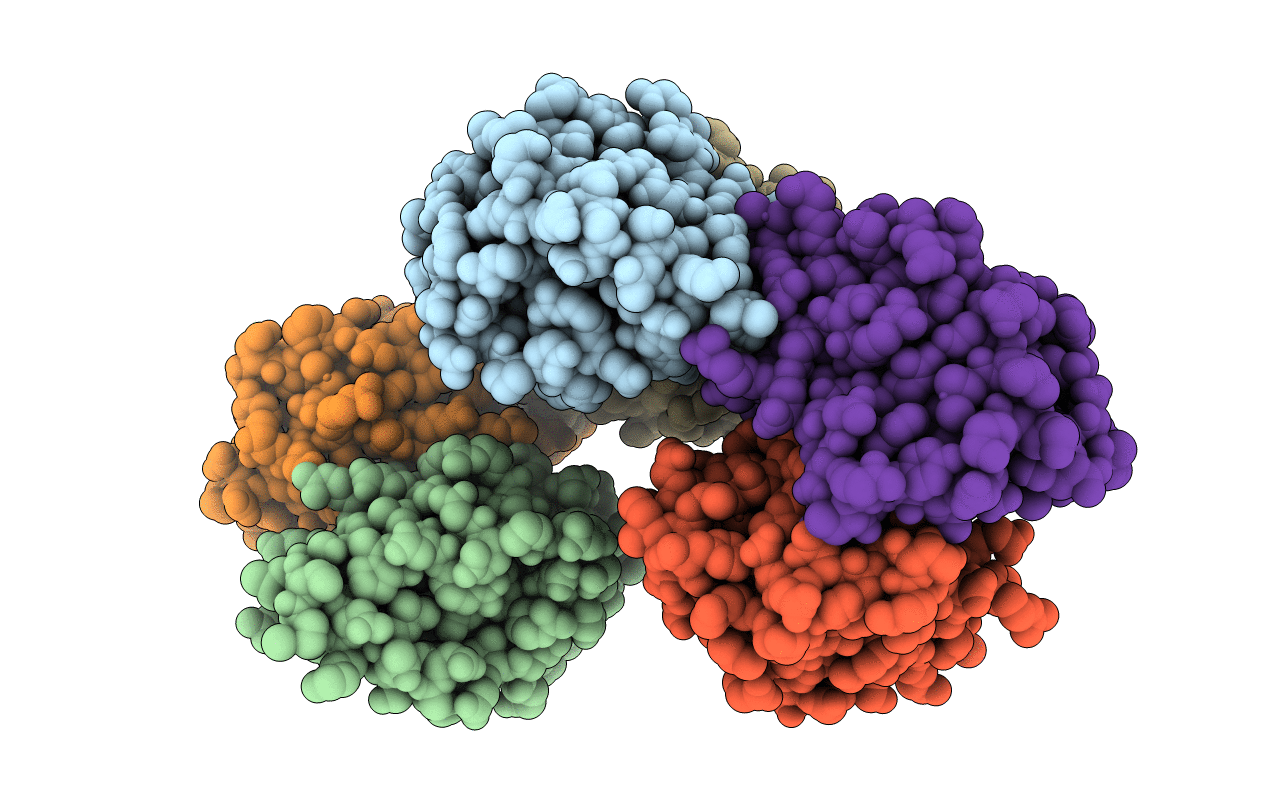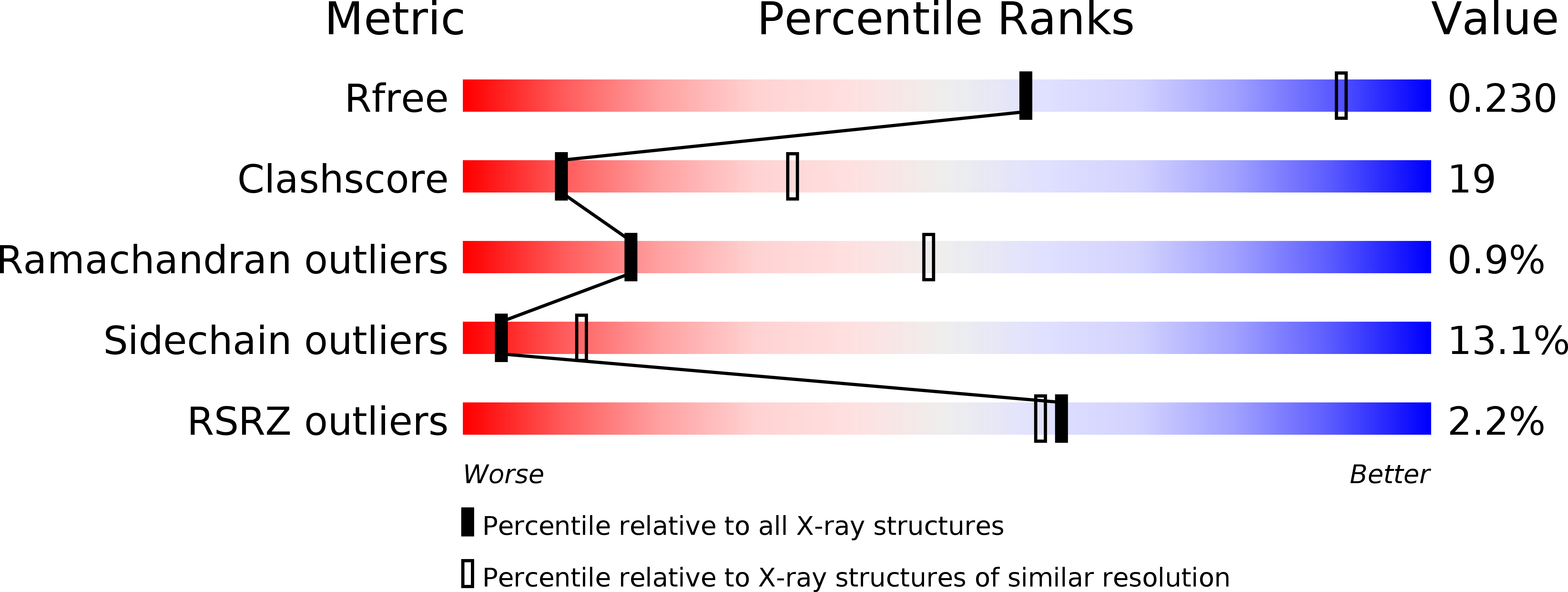
Deposition Date
2007-03-28
Release Date
2007-05-22
Last Version Date
2024-11-13
Method Details:
Experimental Method:
Resolution:
2.90 Å
R-Value Free:
0.24
R-Value Work:
0.23
R-Value Observed:
0.23
Space Group:
P 1 21 1


